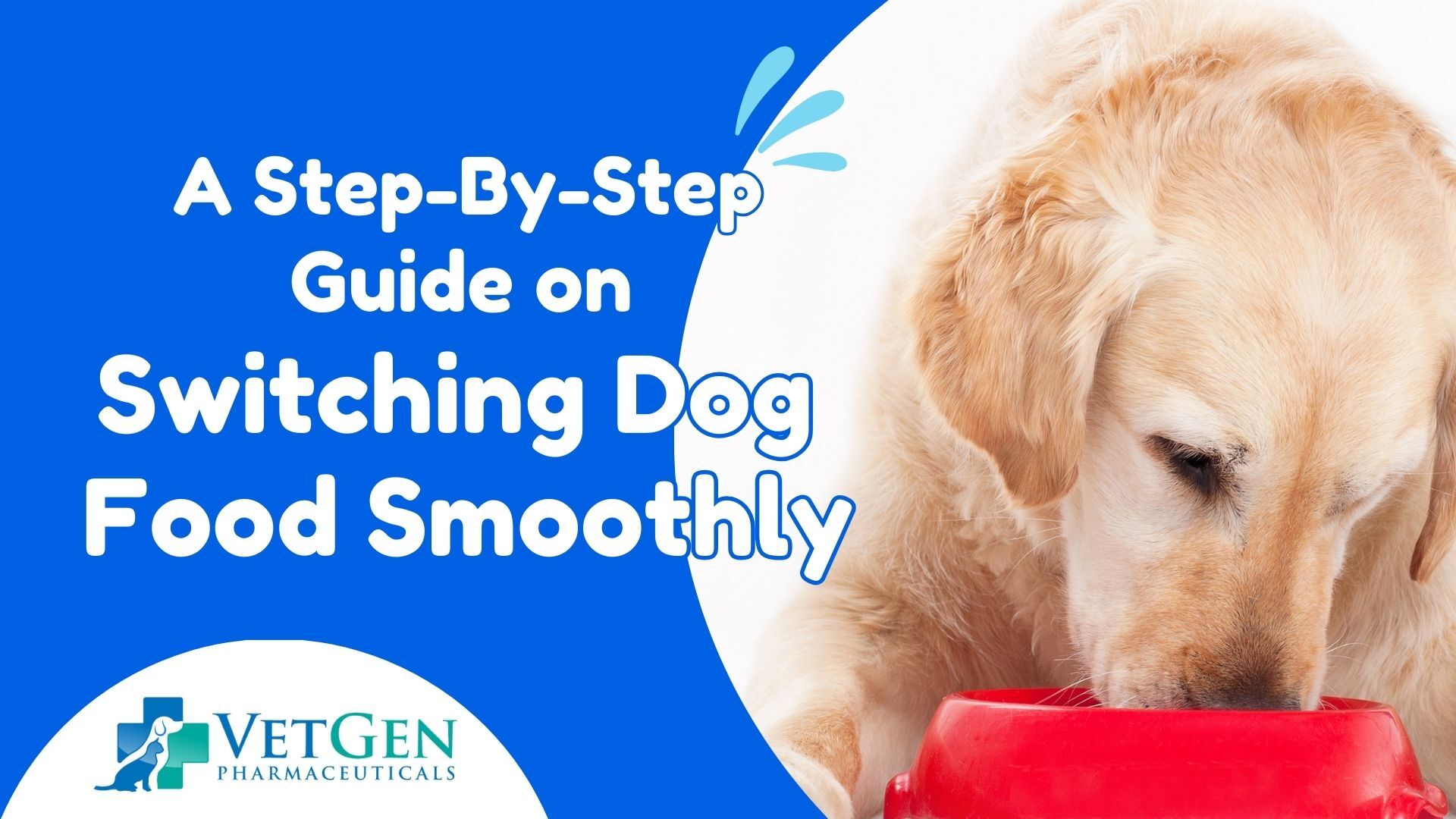Do you want to switch your dog’s diet but are worried about how well this process would go? Well, it’s common to find it scary, with all the online stories of pet owners who had a tough time achieving the desired results. Yet, if you follow a structured process and are patient, switching a dog’s diet is possible without too much hassle. If you are wondering ‘will changing my dog’s food upset his stomach?’, there is a possibility of that happening. Nonetheless, here we give you a breakdown of switching foods that will help you navigate this process.
How long does it take a dog's stomach to adjust to new food?
Introducing new foods to a dog is a relatively long process, considering that you will need to follow it for every new item that you introduce to their diet if done one by one. For dogs that have an extra sensitive stomach, the process can take even longer.
In general, it takes a dog’s stomach between 7 to 10 days to adjust to a new food item or a new diet. While their stomach adjusts, some potential issues that you can expect to see in your dog include digestive challenges, very soft bowel movements, or even diarrhea. Nevertheless, it is essential to note that these are common symptoms that fade away in a short period as dog’s digestive system adjusts to the modifications.
However, it is still very important to keep a close eye on your dog’s reaction to the new diet because extremely aggressive symptoms or long-drawn persistence of them could necessitate consulting a vet. Apart from these, if your dog is exhibiting symptoms like vomiting, loss of appetite, lethargy, or dullness, make sure that you consult a vet to find out if any of the new foods are unsuitable for the dog.
How do you change your dog's food without making them sick?
One of the biggest challenges most dog parents struggle with is being worried about whether their dog will feel sick during the time their stomach adjusts to the new diets. If you too fear the discomfort and pain your dog would go through, and wish to change their diet without making them sick,
here are a few things you can try out:
- Be Slow and Patient: When changing your dog’s food, if you don’t want to see them get sick, it is critical that you practice patience. Try introducing the new foods gradually, mixing little amounts of it in the beginning to their existing meals. Keep a 3:1 ratio in the beginning, keeping three fourths of their regular diet and changing one-fourth to the new one.
- Three Day Progress: For every 25% increase of new foods and minimization of existing diet, follow a three-day increment plan. This means that for the first three days, only keep 25% of their plate composed of new foods. Increase the proportion to 50% for the next three days, and so on, till you get to 100% completely changed diet.
- Consistency is key: Despite following these patterns, it is possible that your dog experiences some symptoms of digestive trouble which come with changing the diet. Even so, it is essential that you do not revert back to the old diet, and maintain consistency in feeding. This will ensure that their system actually adjusts to the new diet.
- Monitor Symptoms: While it is essential to maintain consistency, it is equally important to closely monitor their symptoms. This is critical because when introducing new foods, there is a chance that you introduce something that is not suitable for your dog. In case their symptoms are extremely severe or different from normal, it is essential to consult a vet.
Will changing my dog's food upset his stomach?
While it is not a rule that your dog’s stomach would surely get upset when you change their food, it is quite a common occurrence. Even more so in dog’s who have a sensitive stomach. As such, you should be aware of what you can expect, and you should be ready to handle such challenges.
The reason this happens is because when new food is introduced, their body, specifically their digestive system, is trying to get used to the new balance of elements and nutrients. Common symptoms the dog will experience during this time include diarrhea, loss of appetite, flatulence, and in some cases, a little vomiting.
To minimize the chances of such issues occurring, it is essential to cautiously introduce new foods, and try to replace nutrients with similar ones, to cause minimal disbalance. It is also helpful if you ensure that your dog stays hydrated during this period since it helps in enhancing digestive functioning, and at the same time, ensures your dog does not get dehydrated (especially if they experience diarrhea).
How long does it take for a dog to get used to new diet?
In general, a dog can take anywhere between one to two weeks to adjust to a new diet. But, several factors come into play to determine how long the dog would require to completely adjust to the new foods.
You will know that your dog has adjusted to the new diet when they:
- Start regular and normal stools again.
- Develop a normal and healthy appetite again.
- Are able to maintain a healthy weight that does not fluctuate aggressively.
- Are regaining their energy and becoming more active.
Any positive signs are an indication of recovery, demonstrating that the dog’s digestive system is accepting the new diet.
Conclusion
No matter why you want to switch your dog’s diet, it is essential that you approach the challenge with a solid game plan, and follow through. Identify foods which you want to replace, and what you want to replace them with, and introduce them slowly into their diets, allowing their digestive system time to get accustomed to the new foods. Moreover, keep a close watch on any side effects they may develop due to the changes, and ensure that your dog is safe.






